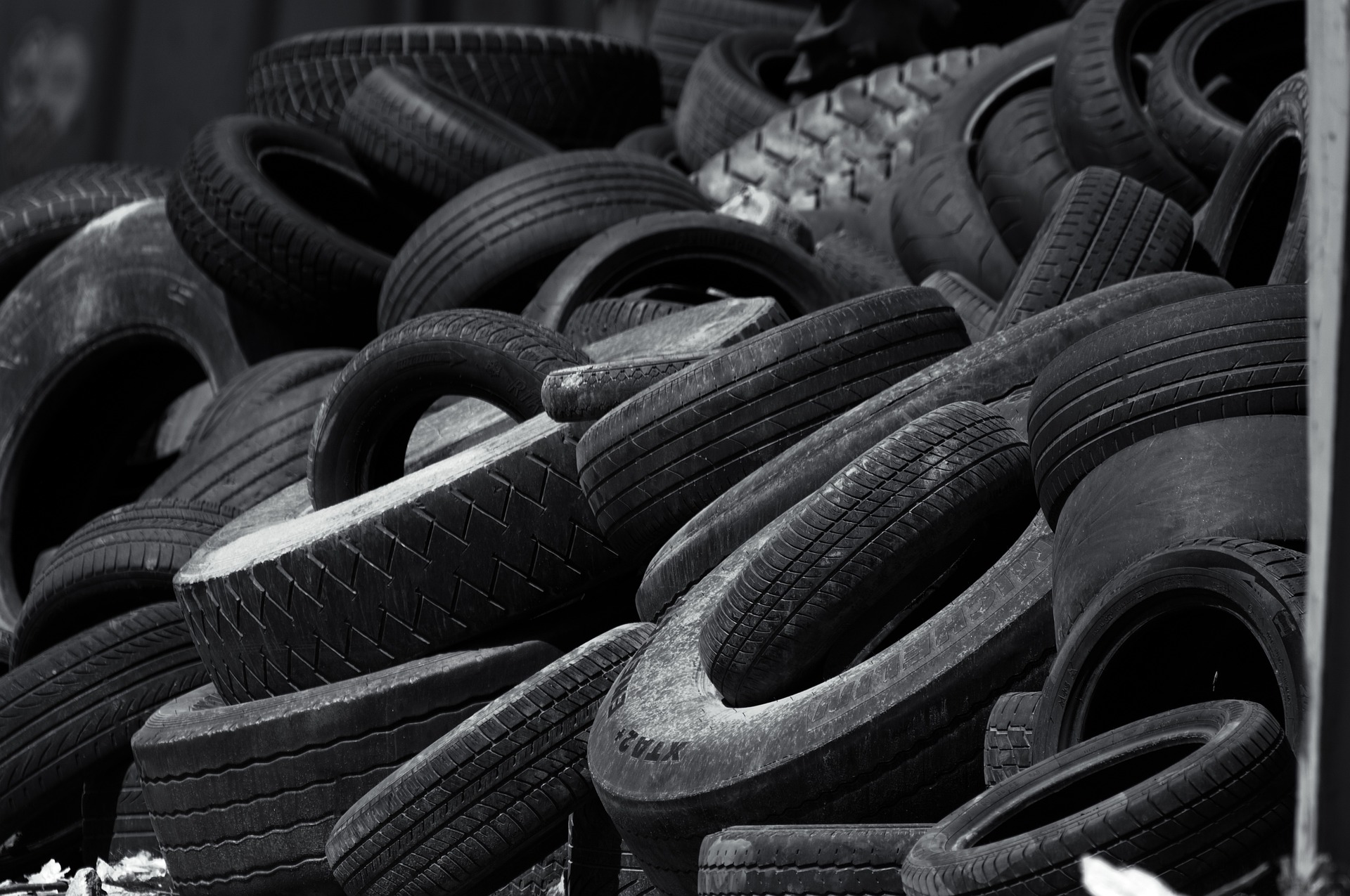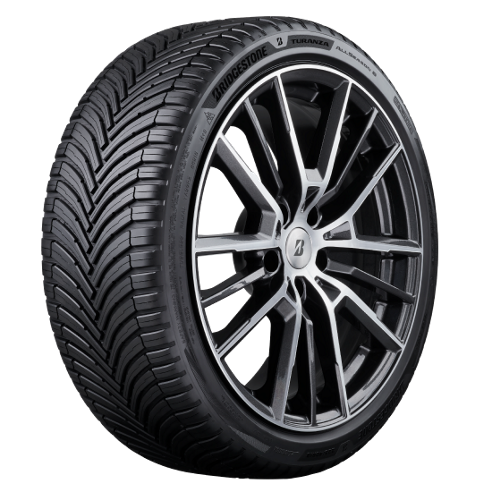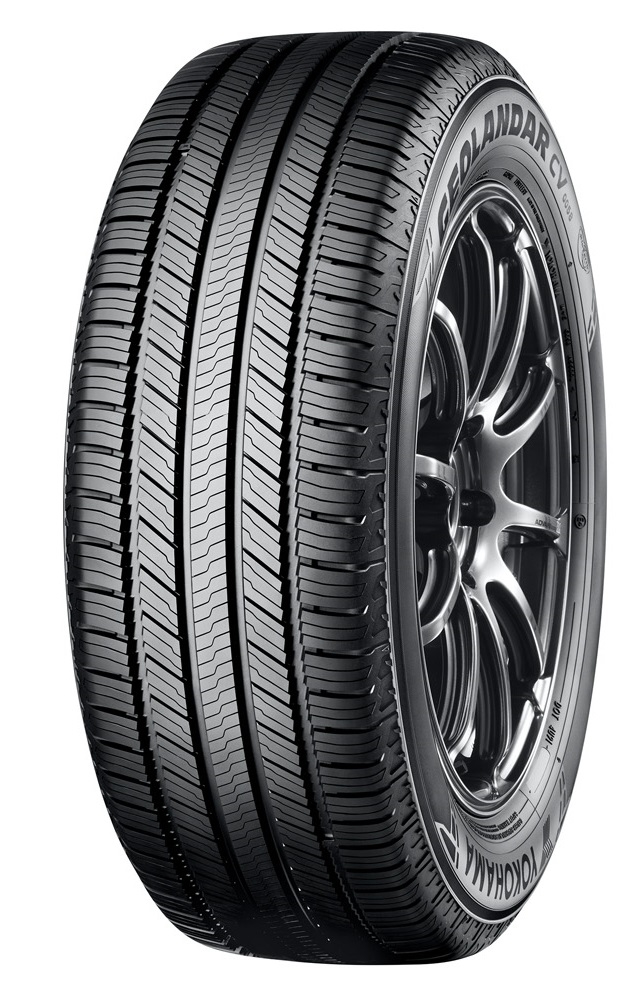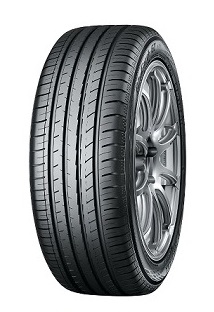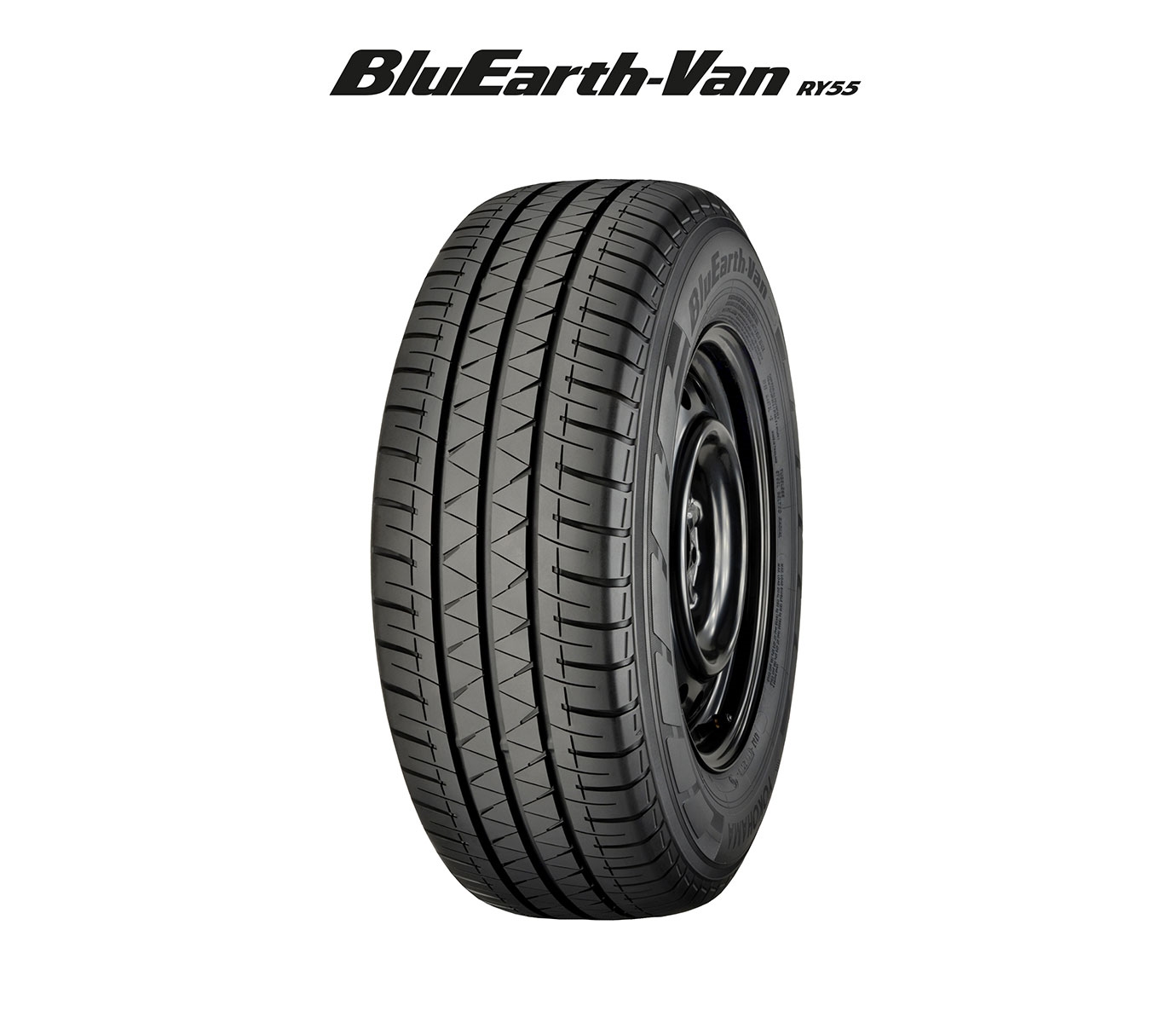In the era of cost-conscious decisions among vehicle owners, you can see why some are drawn to second-hand tyres. However, while such products might offer short-term financial relief, they also require critical investigation into their reliability. Beyond the price tag, consumers need to delve into the relative safety, performance, and overall value that used tyres present. While the initial savings may be attractive, understanding the broader implications, including the durability, potential hidden costs, and safety compromises associated with minor repairs, is crucial.
Safety and performance concerns
First and foremost, safety should be a paramount concern. Used tyres often originate from different sources, including old vehicles, salvage yards, or tyre shops that stock up on disposed tyres from replacements. Given their unknown history, second-hand tyres might come with risks. These tyres could have been exposed to extreme conditions, improper storage, or even accidents, affecting their integrity.
The tread depth might seem acceptable, but hidden damage like internal injuries caused by driving through potholes, or the onset of rubber degradation, aren’t always visually detectable. Such issues could lead to a higher likelihood of blowouts, compromised grip in wet conditions, and generally unpredictable road performance, all of which are significant safety hazards.
Cost implications
The initial affordability of second-hand tyres is often their most attractive feature. By choosing used tyres, consumers may believe they can cut down upfront costs by up to 50 per cent compared to new counterparts. However, the full financial picture surrounding these tyres can be more complex and less cost-effective in the long term.
Second-hand tyres tend to have a reduced lifespan, meaning replacements will be needed more frequently than with new tyres. This shorter service life is often due to residual wear and tear from previous usage, even if the tyres pass initial quality checks. Therefore, while the initial investment is lower, the ongoing expense of more regular replacements can accumulate, potentially offsetting the initial savings.
Furthermore, the reliability of used tyres can come into question, potentially leading to unforeseen expenses. These tyres are more prone to experiencing issues that can result in unexpected breakdowns or even accidents, subsequently incurring additional costs in terms of vehicle repair, higher insurance premiums, or medical expenses in the worst cases.
Quick fixes
A second-hand tyre in great condition is nonetheless better than a tyre filled with patches. The practice of patching a tyre represents a common quick fix that many drivers rely on, primarily due to its cost-effectiveness and convenience. How much is it to patch a tyre? It will usually cost around £10 to £20. However, it can prove a bad miscalculation.
On the one hand, for minor punctures in the tyre’s tread, a professional patch can safely restore the tyre’s integrity, making it a practical solution. On the other hand, patching cannot remedy more severe or internal damage and is illegal in certain positions such as on the sidewall. Relying on patches for significant issues can pose safety risks, as the tyre may become increasingly vulnerable to failure, particularly at high speeds or under the strain of heavy loads.
Regulatory standards and quality checks
Some countries including the UK have established stringent regulations for the sale of used tyres, dictating acceptable tread depths and outlawing tyres of a certain age or with specific types of damage. Purchasers should educate themselves on these local regulations and standards. It’s advisable to buy from reputable retailers that conduct thorough quality checks, providing some level of assurance about the structural integrity of the tyres.
However, it’s vital to acknowledge that even with regulations in place, not all damage is surface-level. The absence of a comprehensive history on the tyres’ usage means a complete assessment of their condition is not always possible.
Environmental considerations
Purchasing second-hand tyres does have a positive environmental impact, as it extends the product lifecycle and can reduce the number of tyres that end up in landfills. This practice is inherently a form of recycling, contributing to the conservation of resources and energy that would otherwise be used in the production of new tyres. However, this ecological benefit doesn’t negate the importance of safety considerations. Retreading is therefore a better option in ecological terms.
Making an informed decision
So, are second-hand tyres reliable? If they are not compliant with regulations, the answer has to be no. If they are compliant, the answer isn’t clear-cut, even if drivers are operating on a tight budget or are seeking to reduce their environmental footprint. Clearly, they should not be a go-to solution for those who frequently travel in challenging conditions or cover high mileage, where the reliability of tyres is critical for safety.
Before purchase, buyers should insist on a full inspection, checking for the manufacture date, assessing tread depth, looking for signs of previous repairs or damage, and ensuring the tyres meet legal requirements including part worn marking. Consulting with a professional for an unbiased opinion is also prudent. Ultimately, while second-hand tyres can indeed be a budget-friendly choice, drivers must keep safety and performance at the forefront of the decision-making process.

